Jut Art Museum Broken Landscapes contemporary art exhibition poses pandemic era inquiry: “Have Our Cities Failed?”
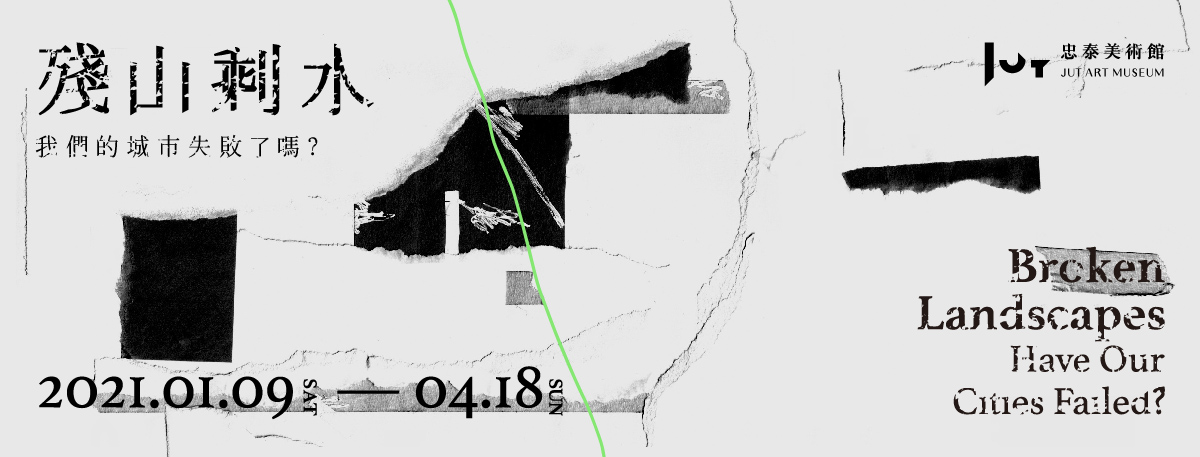
As the world enters 2021 in the midst of a pandemic era, Jut Art Museum -- poised to guide the public in exploring and contemplating the city and its strides into the future -- has launched a new contemporary art exhibition entitled Broken Landscapes: Have Our Cities Failed. Curated by Executive Director Sean C.S. Hu of Hu's Art Company, the exhibition invites 12 artists representing countries including Taiwan, Germany, Korea, Canada, and Japan: Shih Meng-Hsin, Wu Tsan-Cheng, Isa Ho, Andreas Gursky, Suh Do-Ho, Yuan Goang-Ming, Chen Chieh-Jen, Chang Li-Ren, Chia Chien-Ju, Liao Chien-Chung, Liam Morgan, and Aki Inomata; to respond to urban modalities in confronting global geopolitics, economic rivalries, and ethnic conflicts in the pandemic era through five subthemes. The exhibition, which runs from now until April 18, engages the audiences to ponder “Have our cities failed?”.
Five subthemes explore future possibilities beyond optimism for humankind and the city
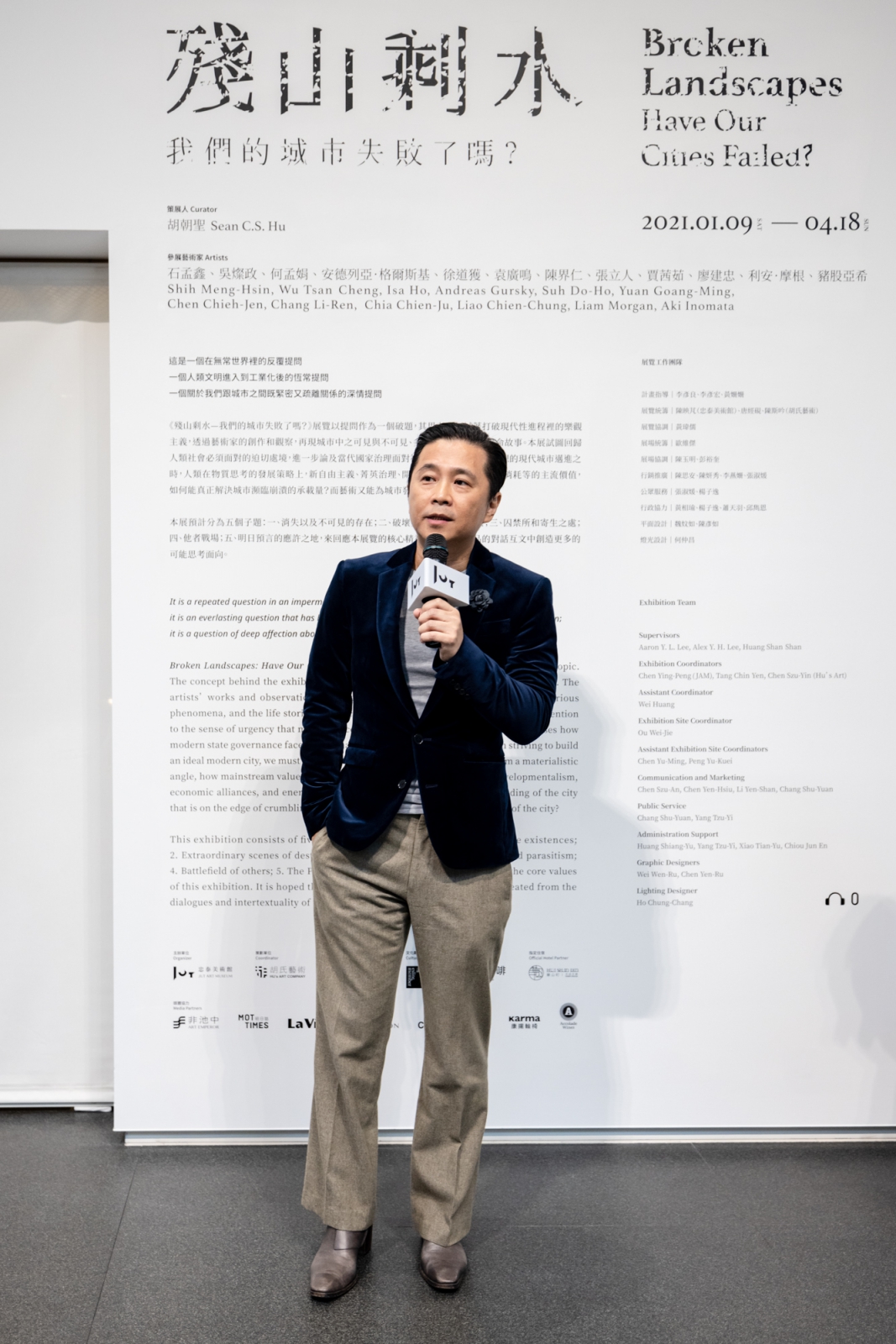
At the intersection of politics, the economy, and culture -- the “city” is a location of multiple narratives that highlight mainstream values while simultaneously suppressing the urban experience and the life-realities of other disparate collectives. Broken Landscapes: Have Our Cities Failed? explores future possibilities for humankind and the city through the five subthemes of “Disappearing and invisible existences,” “Extraordinary scenes of destruction and rebirth,” “Places of captivity and parasitism,” “Battlefield of others,” and “The Promised Land”. The artists’ diverse interpretations, including on-site installations, interactive designs, video, and photographic documentary works break through the optimism of modernist progression through interrogation, and ponder the complexities that confront the city in this era of accelerated development.
“How do human beings seize opportunities and respond to their immediate situations while located in the midst of an impermanent state of life? This is the core concept that Broken Landscapes attempts to express through the acute sensibilities and intuitive prophesies of the artists,” curator Sean C.S. Hu says. “The title of the exhibition posits the theme as a question. Regardless of whether this is a query or a rhetorical warning about the future, the realities that confront our cities cannot be ignored. The successes or failures of the city reflect the future possibilities for human civilizations, and everything hinges on our actions.”
Broken Landscapes – projecting the true predicament of contemporary human civilization
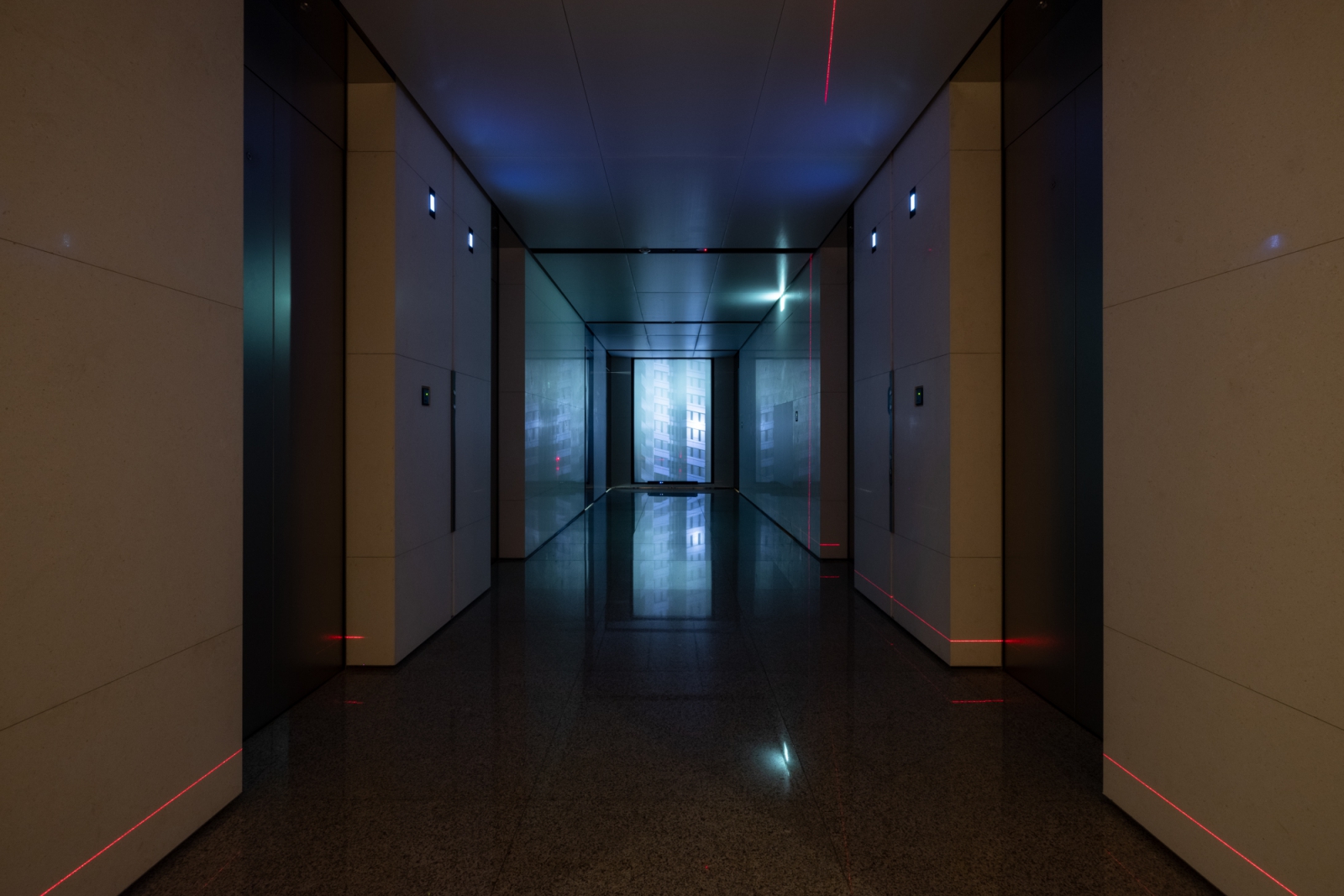
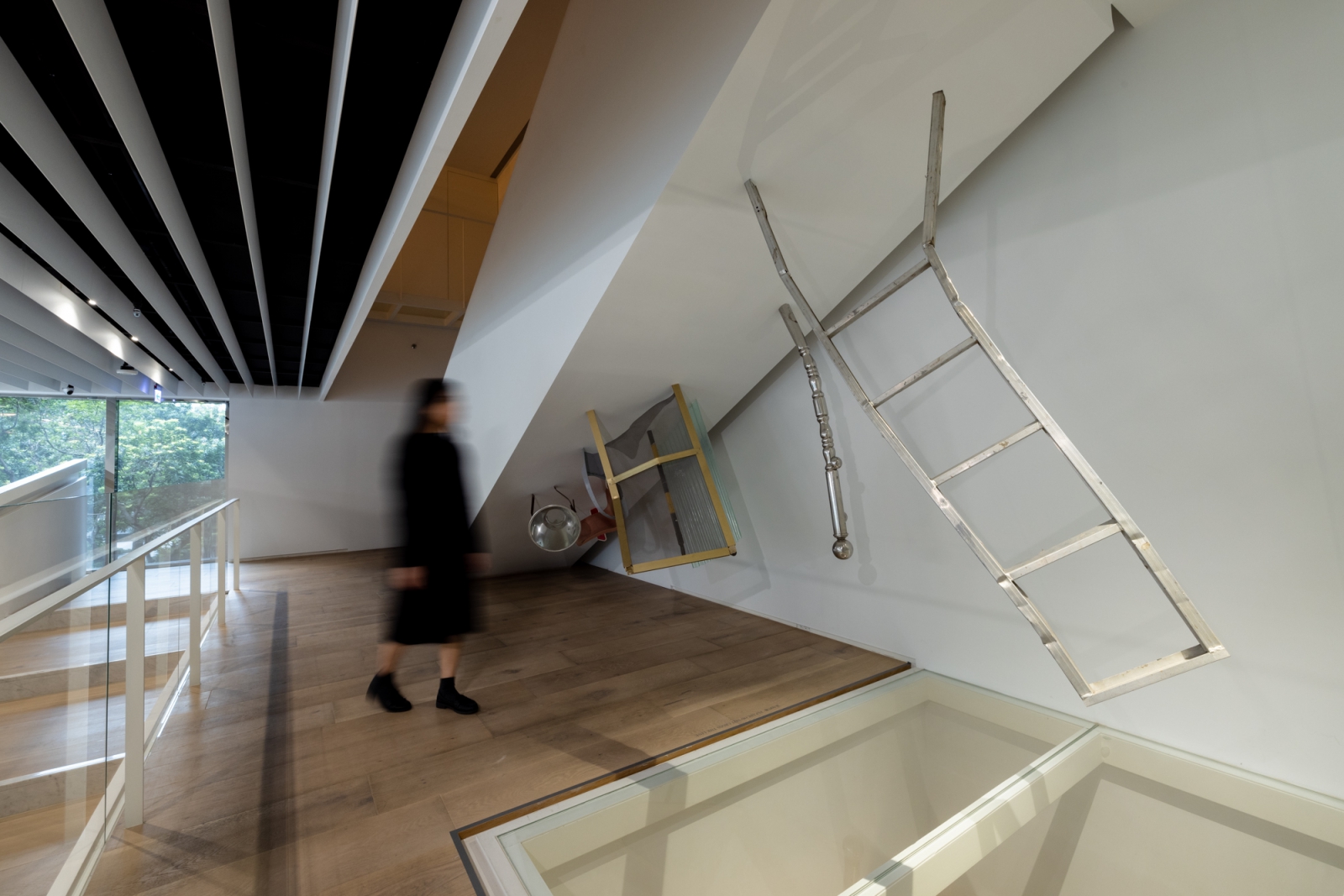
Histories, natural ecologies, and cultural traditions that existed in cities have gradually vanished as a result of continued capitalist expansion. In the subtheme “Disappearing and invisible existences,” artist Wu Tsan-Cheng’s work Wanderer 004 conjures quotidian soundscapes in the city’s memory through recordings of ambient sound in Taiwan and utilizes the lobby area to expand the visitors’ audiovisual experience. Artist Shih Meng-Hsin’s work, T, adeptly uses the inclined wall face under the staircase of the museum to showcase what is seen and unseen in the city, by using familiar industrialized ready-made objects to evaluate the irregular and oppressive space under the stairs.
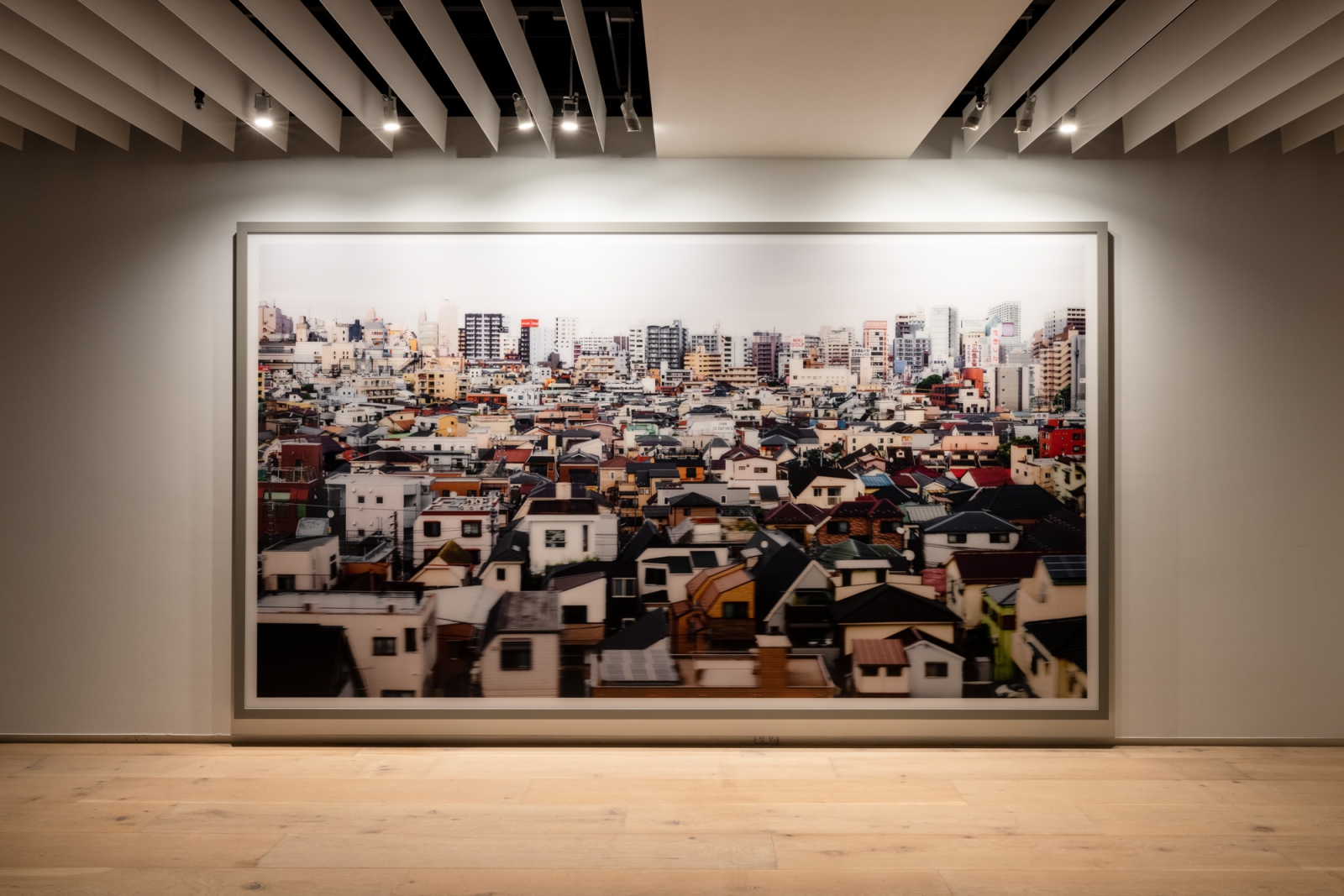

Construction and destruction are seen as two sides of the same coin. Driven by the huge profits of urban development, the cityscape metamorphosizes rapidly before our eyes like computerized images and hypermarkets. Three works by international artists have been invited to make their Taiwan debut for the subtheme “Extraordinary scenes of destruction and rebirth.” As human beings enter the globalized, urbanized 20th century, the fate of endless destruction and rebirth for urban spaces is presented in works such as Tokyo under the lens of German photographer Andreas Gursky -- renowned for his grand narratives; and in Korean artist Suh Do-ho’s Robin Hood Gardens, Woolmore Street, London E14 0HG which captures the final images of the Robin Hood Gardens housing project. In his work, Monument, Canadian artist Liam Morgan projects flashing red lights, without permission and in guerrilla-style, onto an abandoned building in Bangkok that once represented power and luxury, to highlight evidence of an era of conspiracy between capitalism and power.

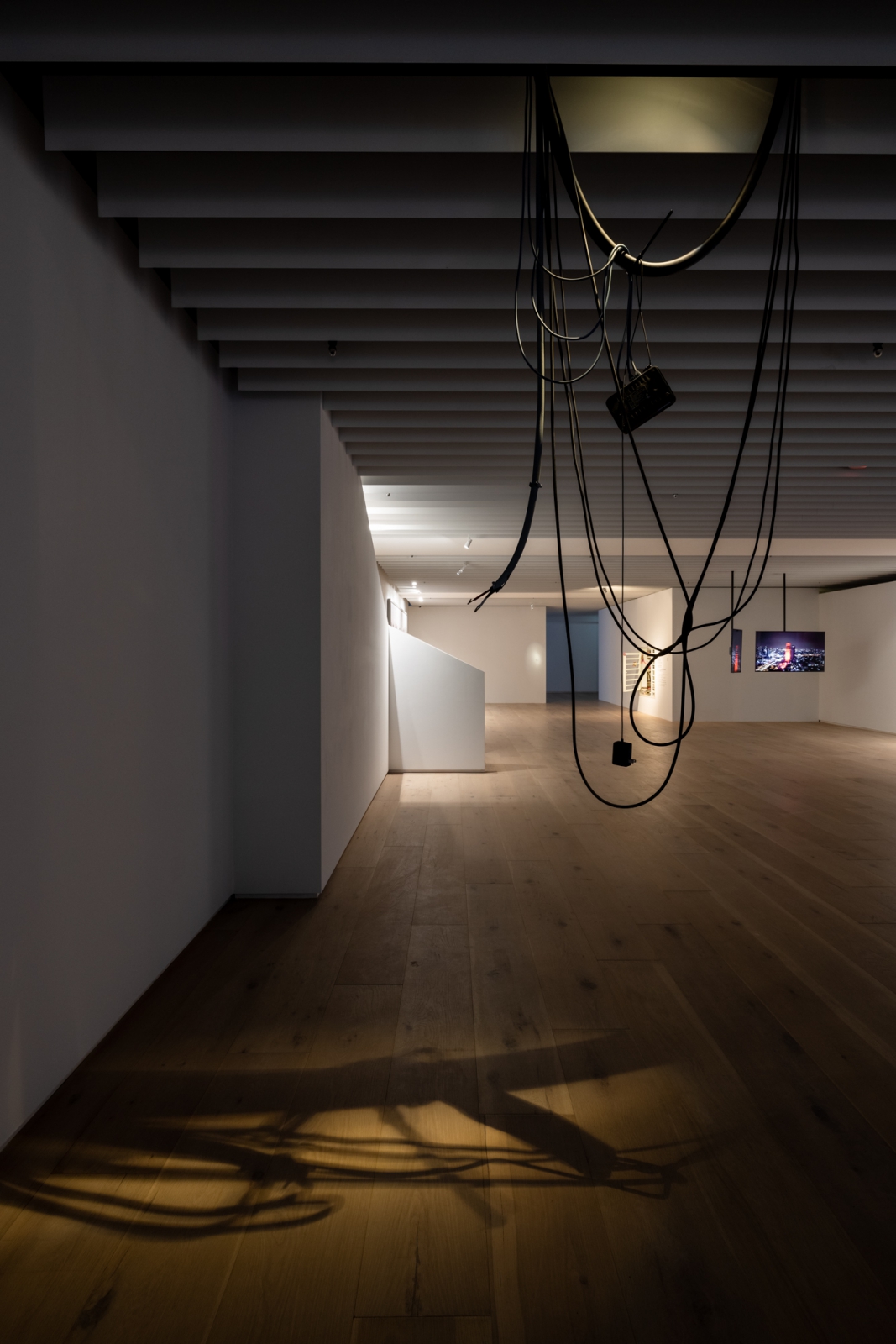
In the same subtheme, Taiwanese artist Liao Chien-Chung premieres two new installation works: Outlier and 3/2. Everyday objects are realistically simulated, including a false staircase that seemingly connects the second-floor exhibition space to a third floor -- representing nonfunctional architecture that occupy spaces in spheres of human life throughout the city, which have become the scars of failed urban planning.
The City: human life in captivity and class battlefield
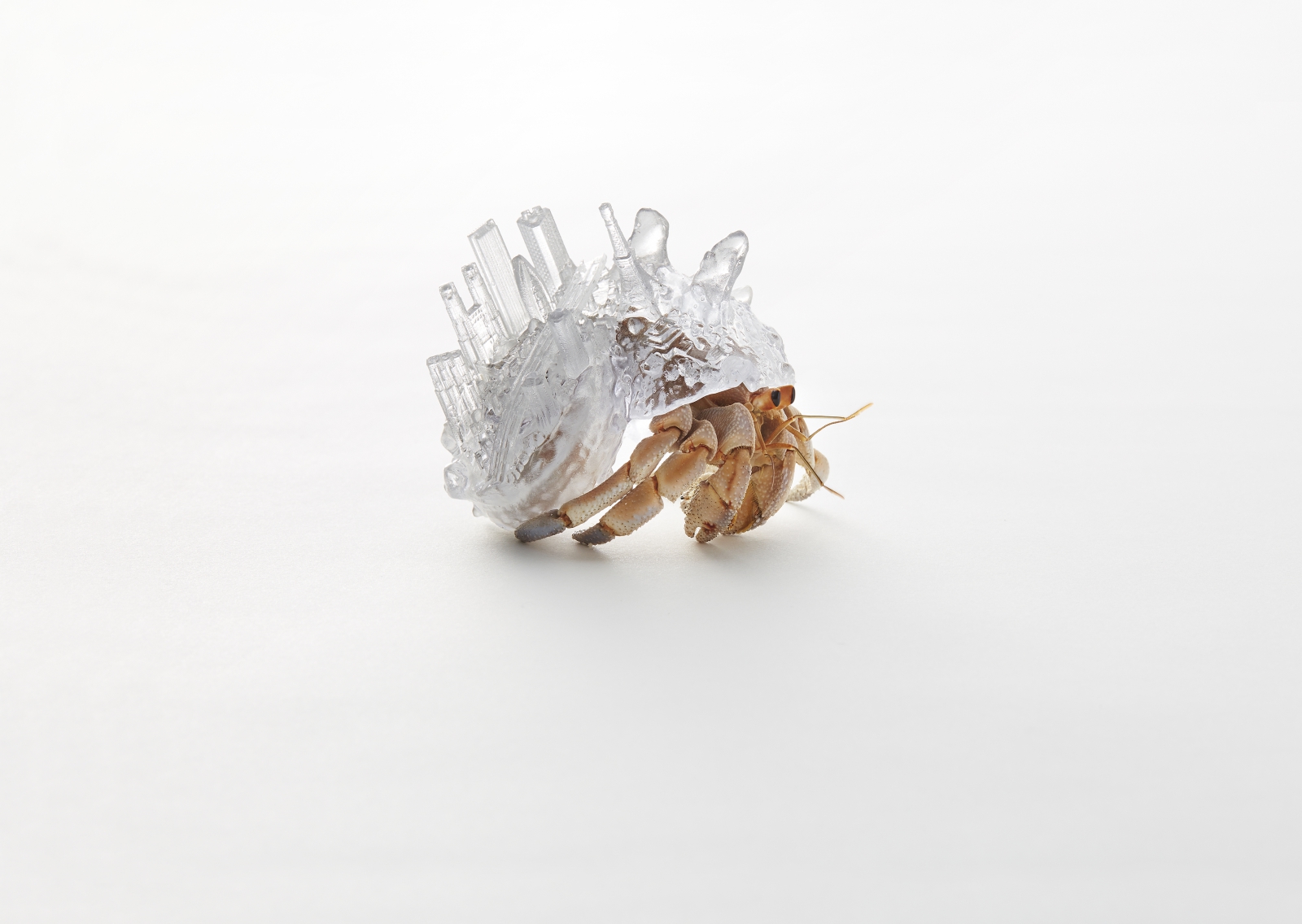
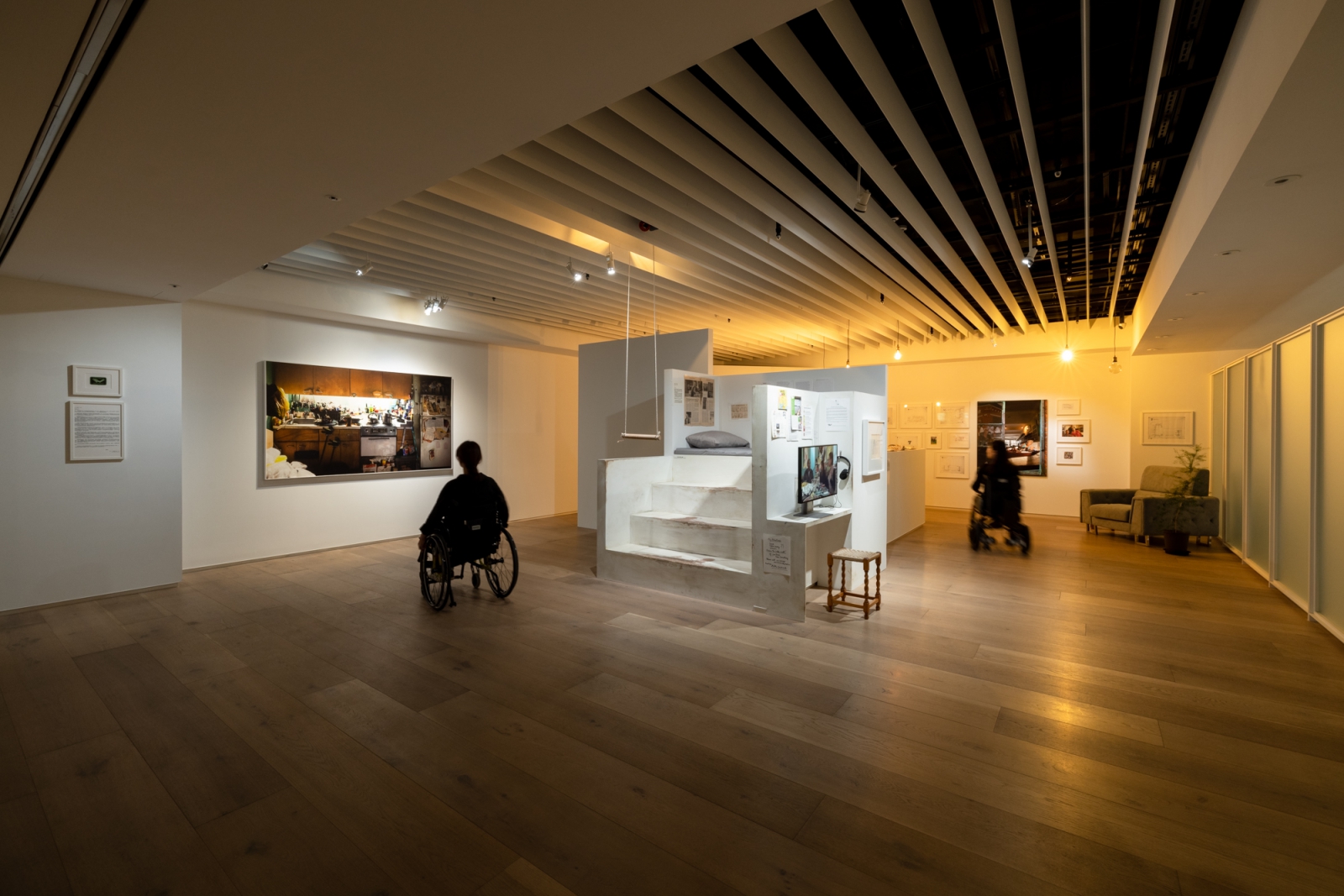
Displacement caused by acts of war, climate change, and the commercialization of urban spaces have resulted in an increase in the disadvantaged classes and, by extension, their housing issues. The city has become a place where political and economic refugees are confined. In the subtheme “Places of captivity and parasitism,” transparent customized shells for hermit crabs have been created with the cityscapes of various metropolises in Japanese artist Aki Inomata’s series, Why Not Hand Over a “Shelter” to Hermit Crabs? The work serves as metaphor for issues of immigration and of refugees around the world today who are forced to migrate due to international conflicts, climate change, etc. The commercialization of spaces brings a corresponding set of housing justice issues that Taiwanese artist Isa Ho’s work Westbeth Project responds to, by documenting the lives of elderly artists residing in the Westbeth Artists Housing in New York. To invite the audience to experience the observational perspective of aging and elderly artists, a house space is recreated within the exhibition venue with a wheelchair as a part of the installation.
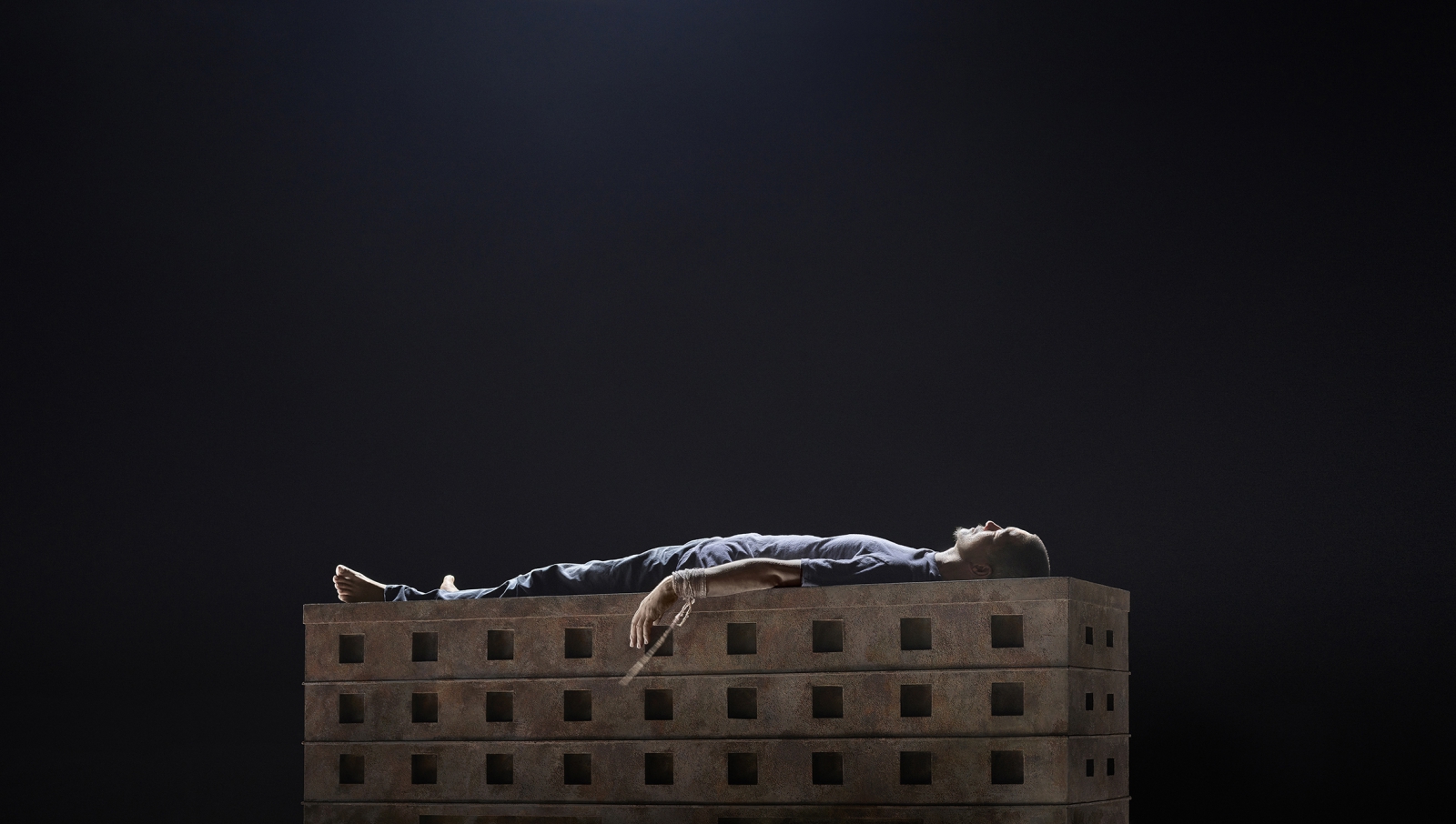
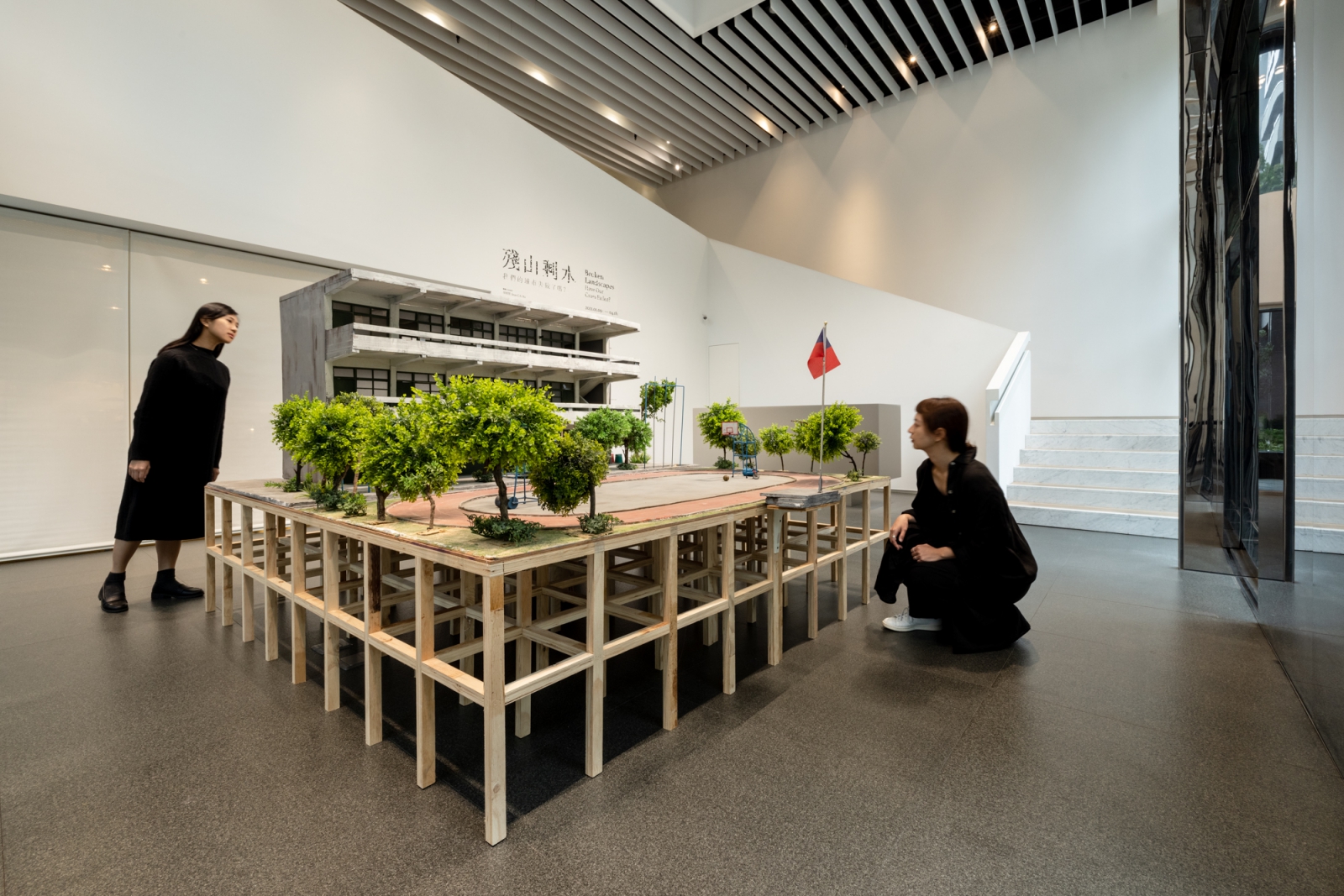
The subtheme “Battlefield of others” is a discussion of ways in which the flourishing of technology and financial capital dominate spaces more than any mode of governance that existed in the past -- resulting in a city delineated by capital to gradually become a class battlefield. Artist Chen Chieh-jen’s work A Field of Non-Field expresses how, in contemporary “globally imprisoned, locally exiled” dispatch work, laborers move about like the walking dead, progressing toward what could be a point of origin or an end, as if located in a place of limbo that is topsy-turvy and without an exit. The work attempts to lead the audience to contemplate a state of human survival under domination and surveillance. A scaled model of a city and animation in artist Chang Li-Ren’s work Battle City 1: The Glory of Taiwan provide a fictionalized interpretation of a society’s projected desires in its collective pursuit of success and superiority, as well as the sense of powerlessness of being trapped in a melancholy city -- demonstrating micropolitics with vision and uniqueness specific to Taiwan.
The Future of Tomorrow: an alternate imagination and prophesy
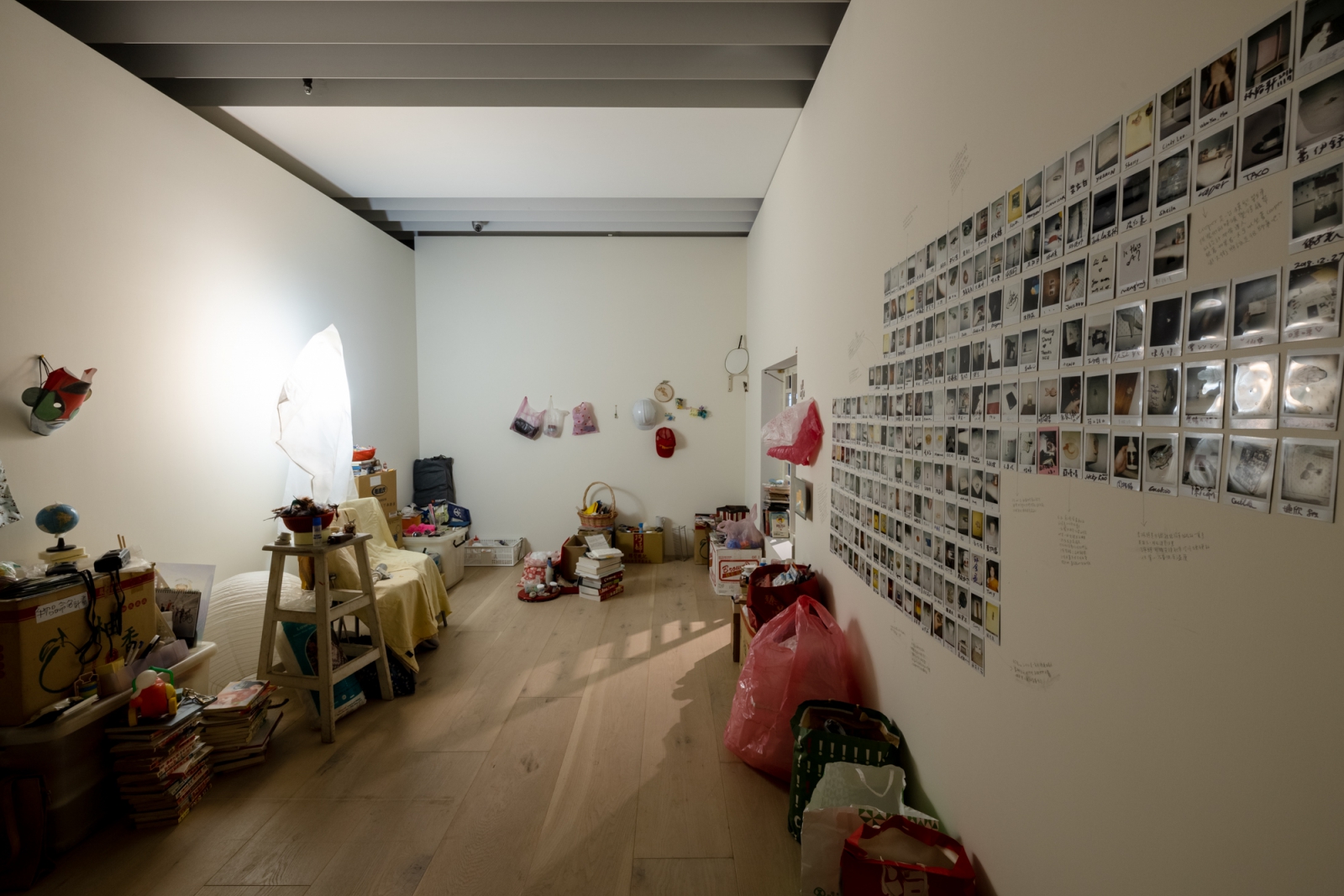
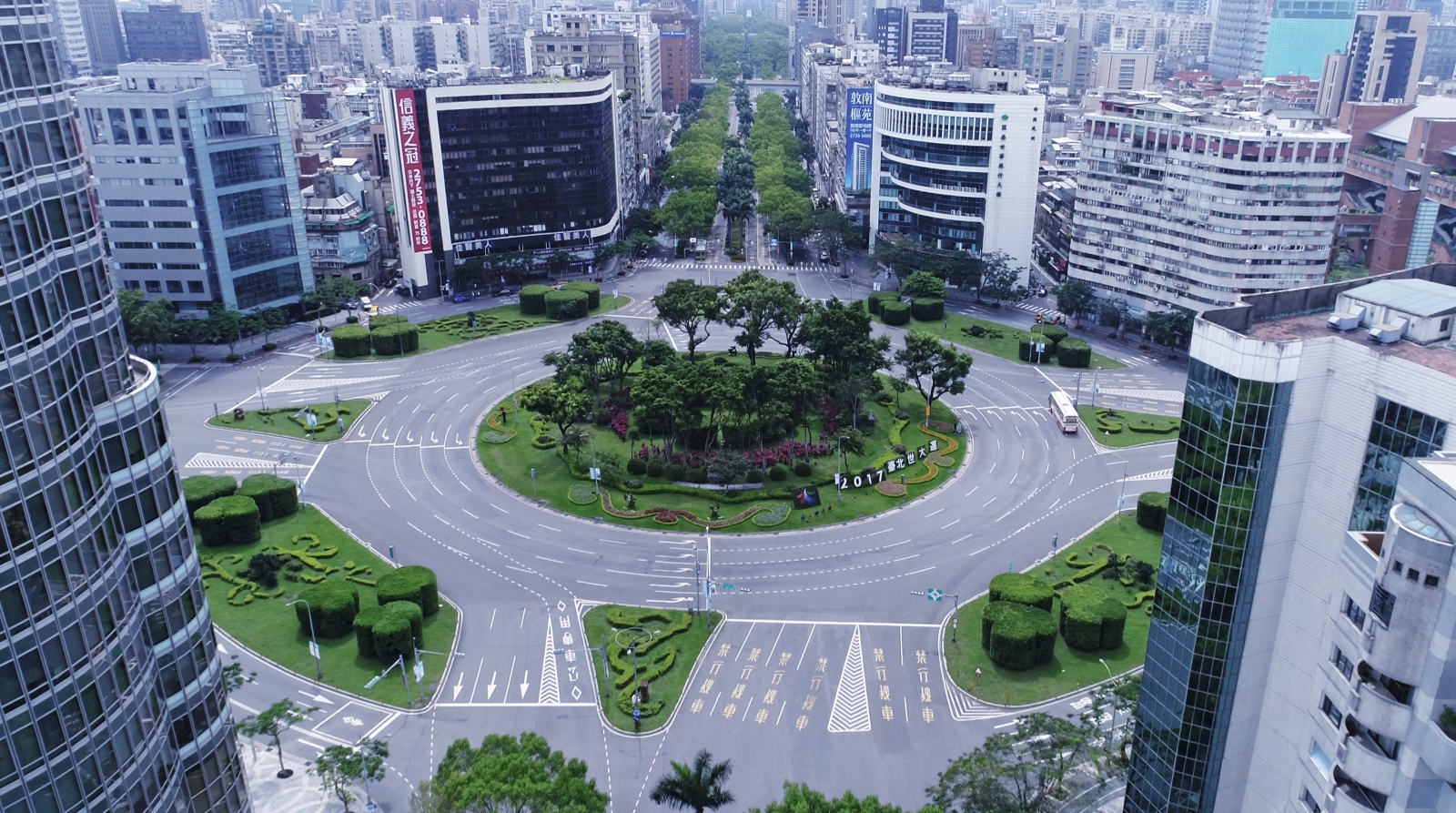
The final subtheme “The Promised Land” asks: what possibilities exist for the future of humankind and cities in the aftermath of a raging pandemic and natural and man-made disasters in 2020, as we re-adapt to new spatial densities, perceptions of distance, modes of consumption, and interpersonal relationships. Members of the audience exchange images and names with everyday objects in the work Name of Daily Objects by artist Chia Chien-Ju. Ready-made objects convert into another method of exhibition, leading the audience to ponder the “before” and “after,” and to experience the dual corporeal sensations of “existing / fleeing” and “returning / invading.” Artist Yuan Goang-Ming’s work Everyday Maneuver captures arial images of the deserted streets of Taipei on the day of the Wan’an Air Raid Drill. The visual angle, reminiscent of surveillance or scanning, is a metaphor for the normalization of the threat of war, and makes one ponder whether this is a prophesy of a brand-new possibility of a future human civilized society or its ultimate demise.
Jut Art Museum focuses on the issues of future and city, inspiring contemplations, and imaginations of life
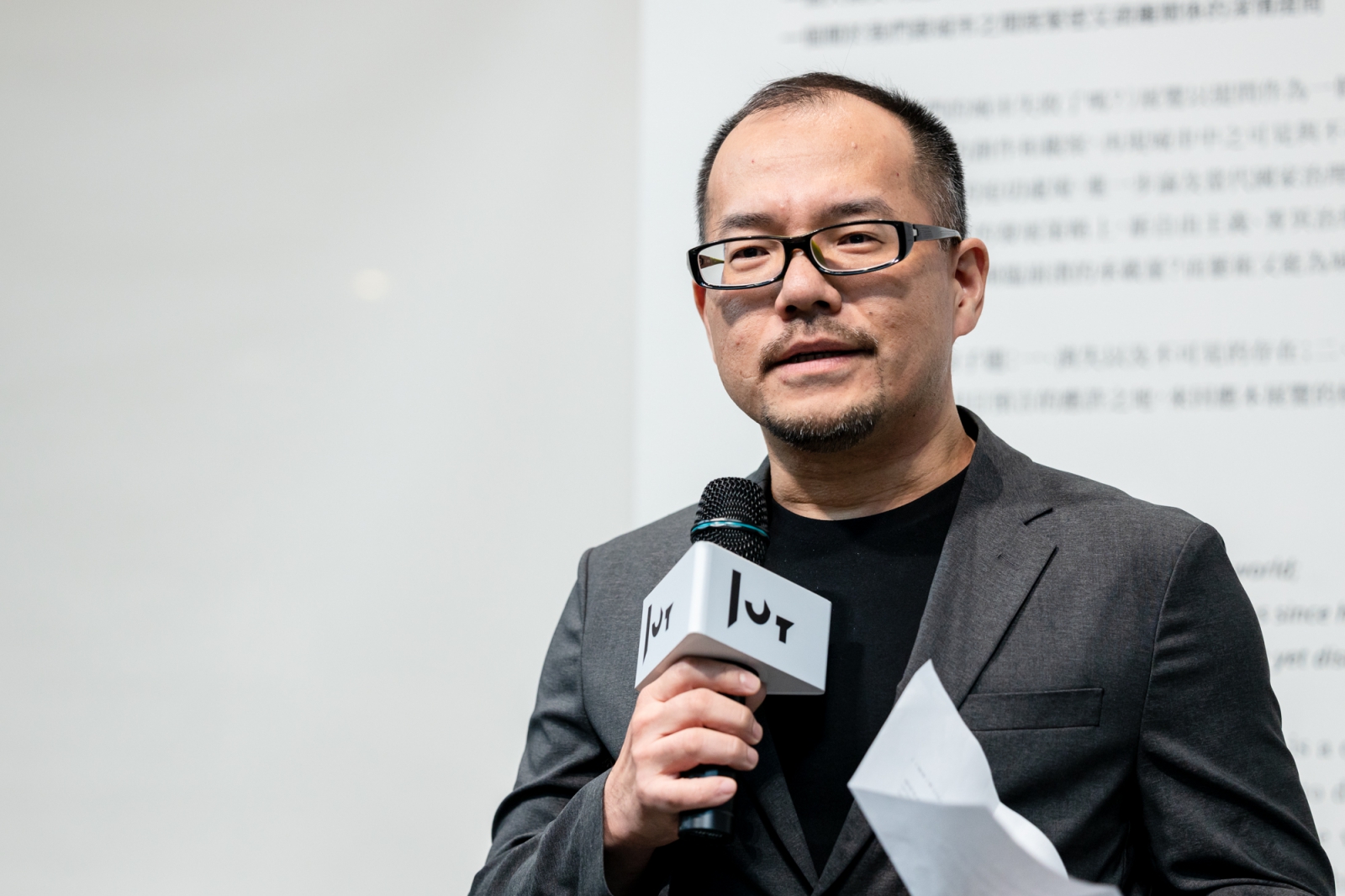
Jut Art Museum has always been focused on the issues of future and city. Since its inception in 2016, the museum has curated a succession of exhibitions, such as A Nonexistent Place, The Flying Land, and Paradise Lost – Gazing at Contemporary Urban Civilization and its Metaphor. These attempt to consider the contemporary city, its residential spaces, and the relationship between humankind and urban civilization through diverse artistic genres and perspectives. Broken Landscapes: Have Our Cities Failed? continues in the vein of past exhibitions in an exploration of and response to a multiplicity of social phenomena and appearances from the perspective of contemporary art.
“Through practical exhibition activities and continued exploratory action, we hope that Jut Art Museum will continue to serve as a platform and to provide an arena beyond the typical viewing experience that will trigger the viewers’ rumination and imagination about life in the future,” says Executive Director Aaron Y. L. Lee of the JUT Foundation for Arts and Architecture.
In addition, the curator, participating artists, and experts will lead guided tours throughout the exhibition period to provide readings of Broken Landscapes from the diverse perspectives of practitioners. For more information on exhibition activities and special offers, please visit the museum’s website.
【Appendix 1: Exhibition Information】
Broken Landscapes: Have Our Cities Failed?
https://jam.jutfoundation.org.tw/en/exhibition/107/2764
- Curator|Sean C.S. Hu
- Artists|Shih Meng-Hsin (Taiwan), Wu Tsan-Cheng (Taiwan), Isa Ho (Taiwan), Andreas Gursky (Germany), Suh Do-Ho (Korea), Yuan Goang-Ming (Taiwan), Chen Chieh-Jen (Taiwan), Chang Li-Ren (Taiwan), Chia Chien-Ju (Taiwan), Liao Chien-Chung (Taiwan), Liam Morgan (Canada), Aki Inomata (Japan) (In the order of the number of strokes in Chinese surnames)
- Venue|Jut Art Museum (No.178, Sec. 3, Civic Blvd., Da'an Dist., Taipei City 106, Taiwan)
- Opening Hours|TUE-SUN 10:00-18:00 (Closed on Mondays)
- Admission|General TWD 100, Concessions TWD 80 (Student, seniors aged 65 and above, and groups of 10 or more).
Free Admission for the disabled and a companion, children aged 12 and under (Concessions or Free Admission upon presentation of valid proof). - Student Day on WED|Free Admission once on Wednesdays upon presentation of valid student ID
- Organizer|Jut Art Museum
- Coordinator| Hu’s Art Company
- Official Display Partner|SONY
- Cultural Partner|eslite member
- Event Partner|MOT CAFÉ
- Official Hotel Partner|Hua Shan Din by Cosmos Creation
- Media Partners|Art Emperor、MOT TIMES、La Vie
- Special Thanks|Yageo Foundation、Chi-Wen Gallery、Karma Medical、Accolade Wines
The attached is the press release of the exhibition Broken Landscapes: Have Our Cities Failed?
The press kits and more photos can be downloaded in the link: https://reurl.cc/l09Ez9
